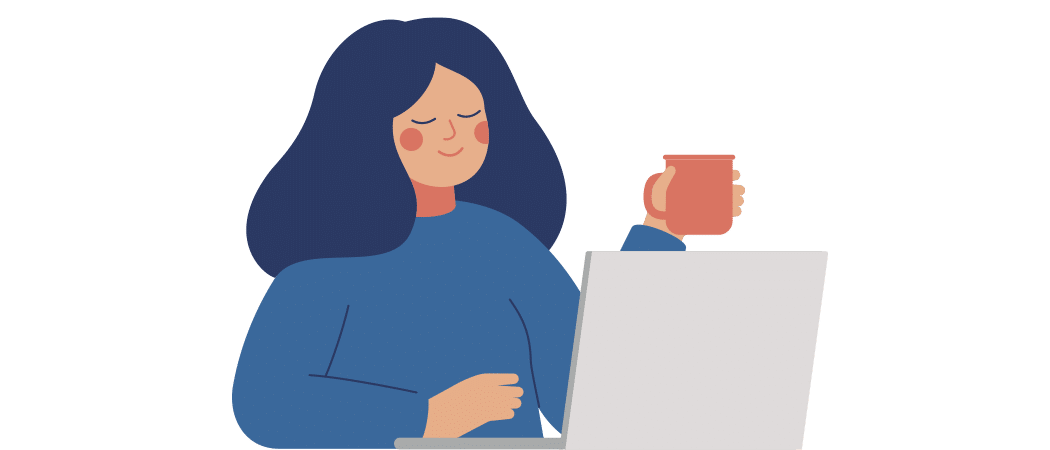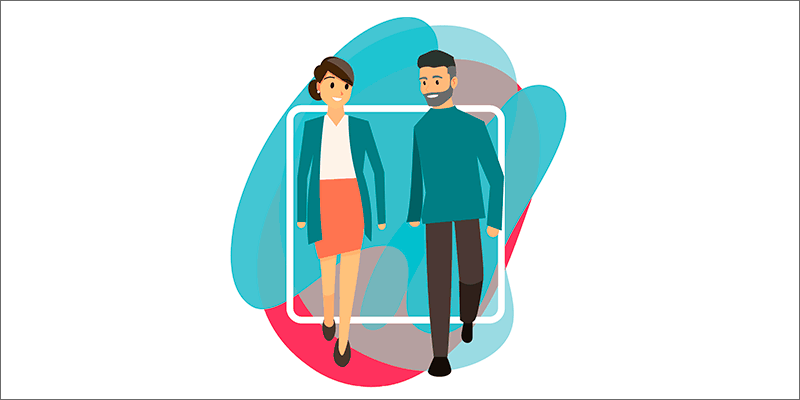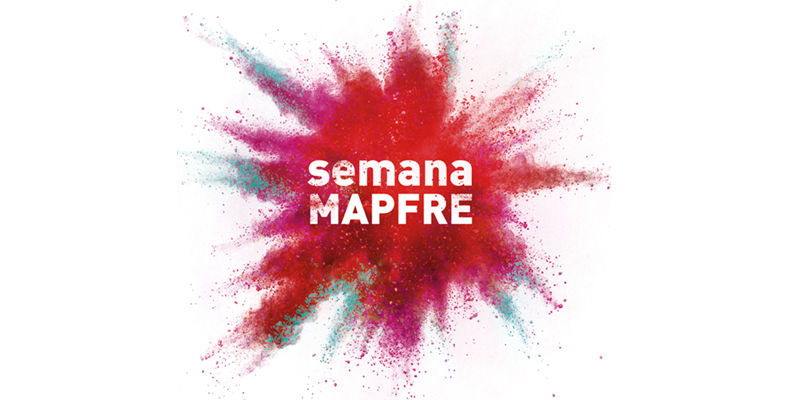TEXT Labor Relations and Accident Prevention Area | IMAGES MAPFRE
The future of work is marked by the merging of different factors and trends in the fields of the economy, the environment and society, resulting in changes to business, labor relations and work organization, as well as in the risks to which the working population is exposed.
The combination of these factors means that company policies must be aligned to tackle them comprehensively and seek solutions that take people’s health into consideration.
Thus, the future of occupational health and well-being is affected by all these changes, meaning it is necessary for companies and organizations to quickly adapt their health and well-being practices.
From this perspective, organizations should not only focus on avoiding illnesses and accidents, but also on promoting healthy companies and healthy workers in physical, mental and social terms, as defined by the World Health Organization (WHO).
In 2015, health was included in the Sustainable Development Goals (SDG) and in the 2030 United Nations Agenda, which includes goals related to workplace inclusion, equal opportunities and occupational health and safety. As a result, companies and organizations are called to work towards achieving the SDGs by creating a healthy and productive work environment.
Work is an essential part of people’s lives and, therefore, must contribute to our physical and mental well-being. With this in mind, it is important to have diverse teams, to analyze new methods of work, to commit to the digital transformation and to make use of data.
Diverse teams
From a social perspective, the diversity of teams and demographic changes pose a series of challenges regarding health and well-being at the company. The characteristics of our population, diverse and with a longer life expectancy (which means longer working lives), combined with workers at greater risk who require special attention to guarantee their protection, are one of the challenges that preventive policies must face in the future of work.
For example, consideration must be given to the fact that everybody, from the youngest people to the oldest, requires a different approach to the prevention and treatment of work-related injuries and illnesses.
To this end, the company’s policies must be focused on the individual and their specific needs. When it comes to the promotion of health adapted to the specific needs of each individual, they must forgo rigid schedules that fail to take the specific characteristics of each person into consideration.
We must work towards incorporating the gender perspective and generational diversity into business policies and strategies through preventive management, pursuing a positive approach to diversity that fosters the sustainability of employment and promotes inclusive workplaces that guarantee the health of workers.

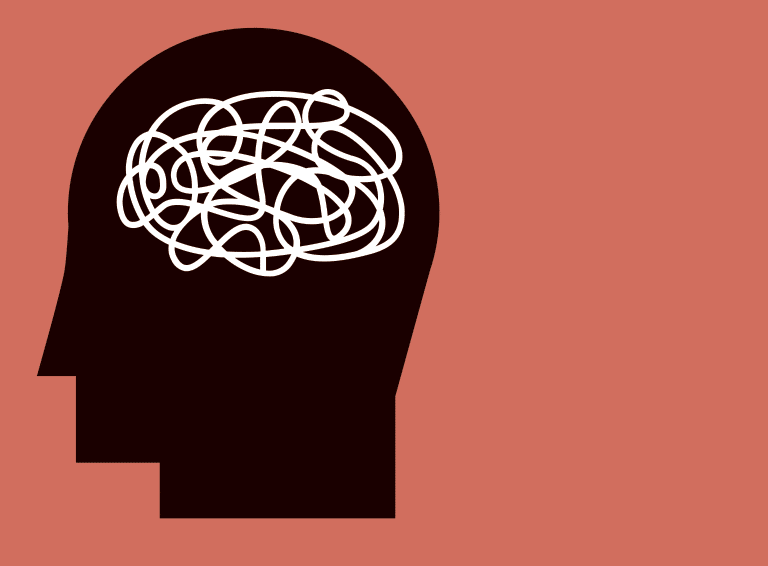
New ways of working
The unstoppable explosion of new information technologies has reached extraordinary levels following the global pandemic and the rise of remote work.
New ways of working offer greater flexibility and encourage a balance between personal and work life, providing extensive possibilities when it comes to working effectively, although new technologies and new ways of organizing work have also resulted in the emergence of specific risks until now unknown or insufficiently addressed. These represent sources of stress or isolation and demonstrate the growing importance of mental health as a key factor in the future of occupational health and well-being, leading to a more comprehensive approach to preventive policies.
Against this backdrop, the place and time of work as elements that typically define the framework of work activity are being diluted, in favor of a more complex reality in which permanent connectivity is most important, undoubtedly affecting people’s personal and family circumstances.
Ergonomic, psychosocial and organizational risks are among those with the greatest impact, as a result of changes in working conditions, the demanding pace of work, extended working hours or the new forms of recruitment.
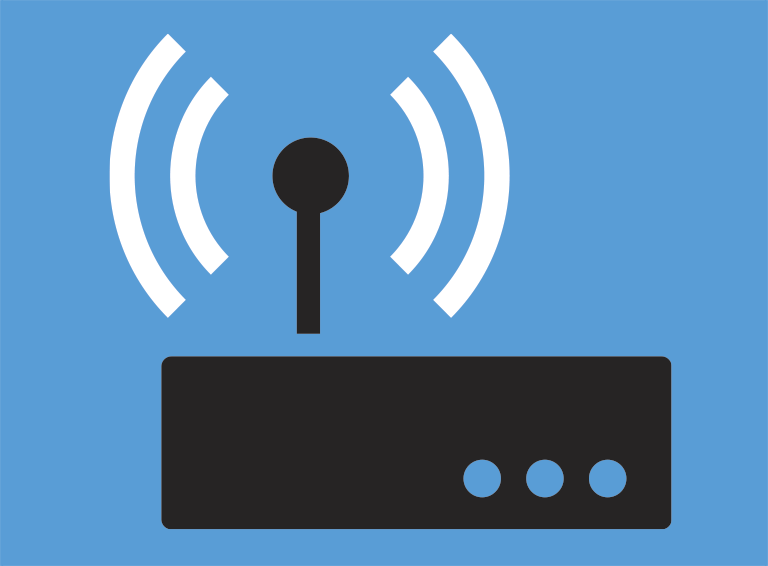
The resulting situations include those in which:
• Working hours become blurred with leisure time, making it difficult to disconnect from work.
• We can work in different environments, from our workstation in the workplace to our own home, meaning that the physical and environmental conditions are changing and do not conform to the traditional work scenario. The adoption of appropriate postures or the adjustment of lighting levels, as two examples, are not easily controllable and are often not the most suitable.
• Inadequate training and information on these new ways of working and an unrealistic perception of the risks that their use can cause.
All of the above can lead to different ergonomic effects, whether visual or physical fatigue, in the form of musculoskeletal disorders and a sedentary lifestyle caused by prolonged screen use.
Furthermore, this hyperconnectivity can result in mental fatigue when exposed to a quantitative overload as a result of quick and easy access to information, encouraging the person to take on more tasks, subject to greater time pressure, an increase in multitasking and finding ourselves with unexpected, urgent tasks, for which an immediate response is required, etc., as well as a qualitative overload generated by possible isolation and insecurity.
With all these reasons in mind, our work environment must be organized to promote postural changes and management of exposure times, technological disconnection that respects free time and promotes a balance between work and personal life, work models that make it possible to organize our day based on the more flexible, agile and efficient needs at any given time and training and information aligned with the planned use of these technologies, as essential aspects for controlling these risks.
New technologies are seeing changes that result in a paradigm shift in terms of health and safety, leading to more mental than physical pathologies and forcing organizations to focus on mental health as a psychosocial risk.
Digital transformation
In medicine, we are integrating technology into our daily practices with a view to improving the results of treatment, optimizing our protocols and increasing the efficiency of our equipment.
Take telemedicine, which facilitates access to specialized consultations for people who live in remote places; or personal devices (wearables), designed to monitor and send information to specialists without people having to go to a health center; or tools that use artificial intelligence, which optimize the diagnosis and treatment of complex processes.
Information and communication technologies, technological development and, in particular, digitization are also revolutionizing the workplace and offer opportunities from the perspective of occupational risk prevention. In many cases, they allow us to continuously monitor and evaluate with an approach to people’s health care through, for example, monitoring, online training, etc. and tools such as remote inspection, which allow information to be recorded and shared remotely, not to mention real-time data available on people’s cell phone as well as the quick assessment of working conditions. This digital transformation can be seen in remote inspection projects, making it possible for conditions at work centers to be assessed remotely and thus contributing to improving prevention across all organizational levels and improving personal care. In turn, this means speeding up a core activity and making it more sustainable.
Generally speaking, this technological development creates opportunities when it comes to reducing damage to health through its incorporation into production processes and work procedures, as well as prevention management itself. Its potential must be used for the development of research, training and information systems as an essential part of preventive management systems.
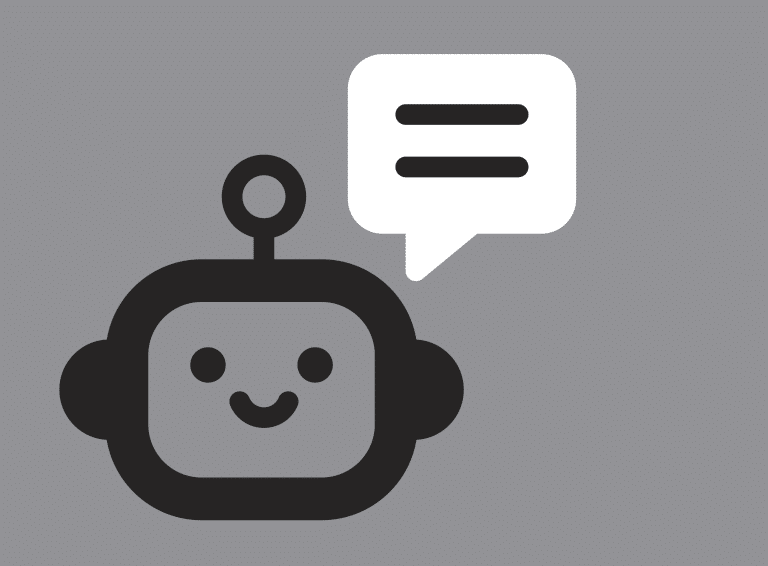


The use of data: predictive medicine and prevention
The storage of millions of pieces of data and its analysis, in addition to offering a clear picture of the risks posed to a company through exhaustive mapping, allows us to detect, a priori, situations that may trigger a risk and/or an accident, making it possible to deal with them in advance and thus protect health and safety at organizations.
Furthermore, in the world of medicine we will be able to offer customized solutions to patients, allowing them to make informed decisions about their health. The analysis of medical data and the use of artificial intelligence algorithms will allow us to analyze the risk that a person has of developing certain diseases based on their lifestyle, their medical history and the analysis of other risk factors that may be associated with their job.
New economic and social trends and the digital and climate transitions bring new or emerging risks that affect people’s health and safety. Organizations must be ready to manage well-being and health promotion.
Furthermore, and as indicated previously, the aim is to place people at the heart of the changes being made and the technological transformation; to this end, different strategies must be introduced to help eliminate, reduce or prevent risks. We must not overlook the fact that strengthening effective leadership that supports people in the processes of integrating new technologies, training, education and development, active aging and healthy company actions, as well as communication and fostering interpersonal relationships are key to making progress in relation to risk prevention.

